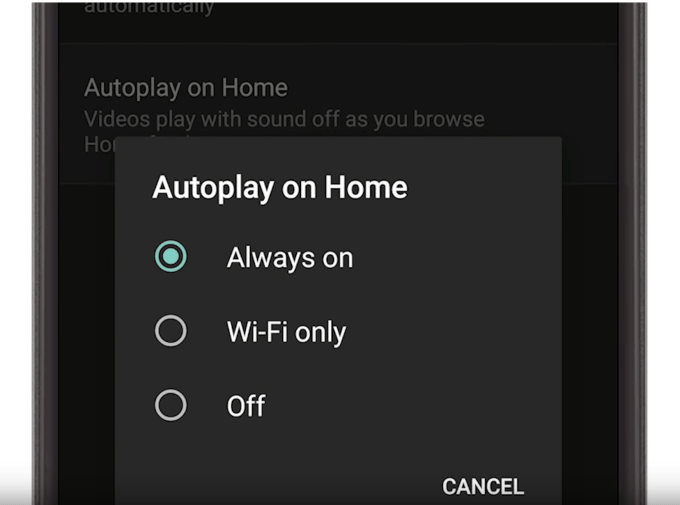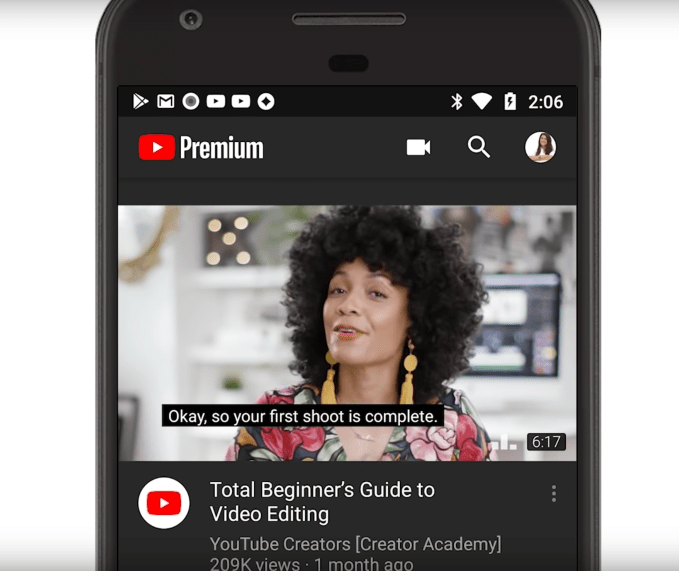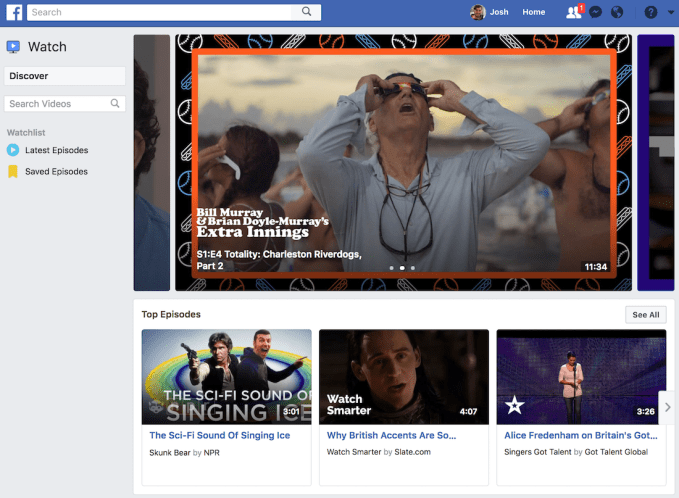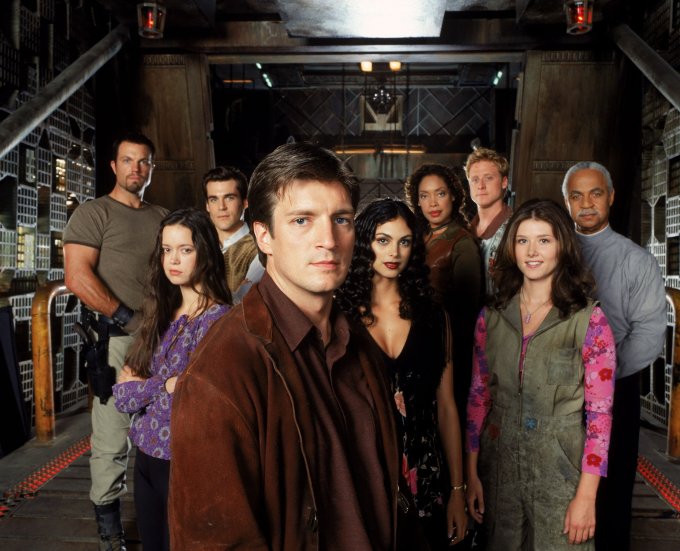Video is the core entertainment medium of the web. Platforms like YouTube, Twitch, Netflix and more deliver millions of hours of videos to hungry consumers every day, and those deliveries will only intensify as video games move increasingly to streaming models.
Yet, delivering all of that content remains an expensive and challenging endeavor. The largest platforms employ hundreds of video encoding specialist engineers to optimize the transcoding and delivery costs of their product, while also paying millions either for their own cloud infrastructure or to AWS or Google Cloud. Yet, few affordable options exist for startups — such as live streaming apps like Houseparty (which was bought last week by Epic Games) — or even for large enterprises with streaming needs but without access to specialized hardware.
That’s where Livepeer comes in. The brainchild of multi-time founder duo Doug Petkanics and Eric Tang, Livepeer offers a decentralized platform for video encoding centered on the Ethereum network. Its early success has attracted the attention of media VCs, and the company announced today that it has raised an $8 million Series A venture capital round led by Northzone. Houseparty founder Ben Rubin joined the round as well, and video infrastructure behemoth Brightcove’s former CEO David Mendels also joined as an advisor to the company.
Livepeer is essentially a marketplace between encoding providers (the supply side) and app developers who need video streaming services (the demand side). Today, developers can integrate Livepeer inside of their apps by downloading the node, running the Livepeer media server, and funding their account with Ethereum. So far, more than 100 events have streamed their videos using the platform, although Petkanics admits that they have been an “early-adopter, philosophically-aligned crowd.”
At this point in the life cycle of crypto and blockchain, it can be easy to be skeptical of next-generation technologies built on these platforms. But Petkanics believes there is a unique opportunity in video that connects well with this market.
In addition to the absolutely stupendous increase in video streaming across the web, there is a unique compute market for encoding: the millions of GPUs bought by crypto miners over the past few years. Those GPUs calculate the hashes required to make money in crypto, but in many cases according to Petkanics, leave idle the other processing units on those chips that actually handle video encoding. Livepeer sees an opportunity — at least early in the company’s growth cycle — to essentially bootstrap on top of that excess capacity for processing power.
Right now, Petkanics told me that the company has more than 30 providers of compute power on the platform, and that the “supply side of the network is running, and it is the last thing that keeps me up at night.”
That excess compute power is driving significantly lower prices for encoding. Petkanics said that Livepeer is ten times cheaper than incumbent streaming providers, and with additional development work in the coming years, he believes he can further improve that cost advantage. Today, he said that the platform can handle two streams for roughly 70 cents per day, compared to $3 per stream per hour of incumbents (a number that surely varies across companies with different levels of negotiation leverage).
Having compute power is one thing — getting customers to use it is another. The goal of the Series A funding, along with the company’s new Pilot Partner Program, is to begin implementing applications outside of the crypto-fans and enter the enterprise. The company is offering six months free for new participants as an inducement to try the platform.
Ultimately, Petkanics sees Livepeer creating a “token coordinating network” that incentivizes more compute power to join and match the needs of customers. Even more interestingly, the increasing need of particular video encoding algorithms means that there is an incentive for developers to add new functionality to the company’s open-source media server, creating a novel way to improve open source sustainability.
Petkanics and Tang have previously worked together with Jordan Cooper on Wildcard, a redesign of the mobile browser that had previously raised $10 million led by General Catalyst. Before that, they worked together at Hyperpublic, which developed databases of local information with an API for developers that sold to Groupon in 2012. Livepeer has 12 employees, with half based in New York City, and half distributed.
In addition to Northzone, Digital Currency Group, Libertus, Collaborative Fund, Notation Capital, Compound, North Island, and StakeZero joined the round.

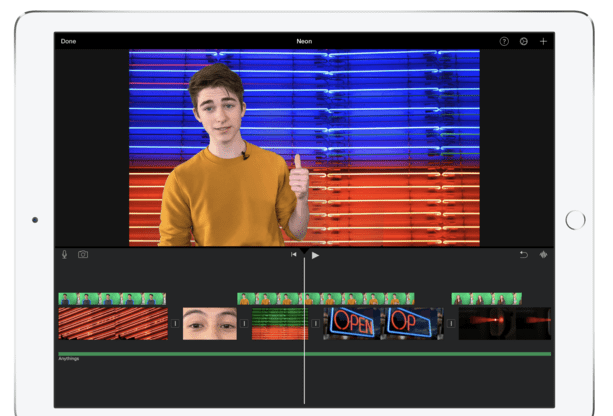
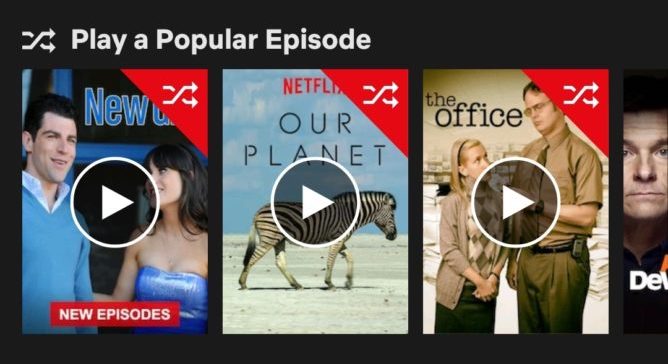
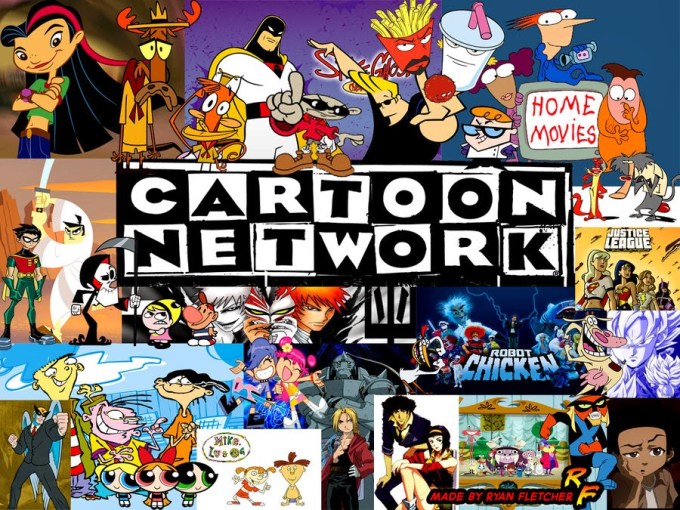
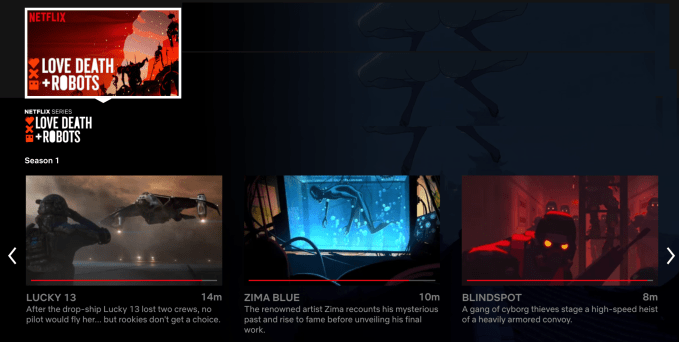


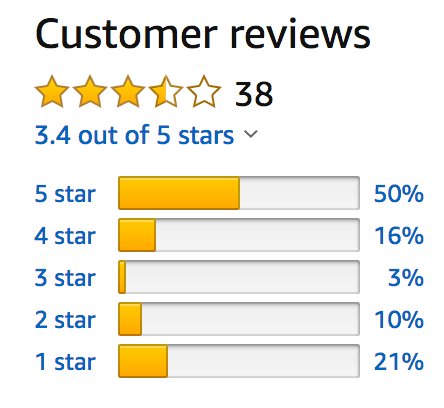 But the question remains who’s buying? Facebook is already discounting the 10-inch screen Portal and 15-inch Portal+. Formerly $100 off if you buy two, Facebook is still offering $50 off just one until Christmas Eve as part of a suspiciously long Black Friday Sale. That doesn’t signal this thing is flying off the shelves. We don’t have sales figures, but
But the question remains who’s buying? Facebook is already discounting the 10-inch screen Portal and 15-inch Portal+. Formerly $100 off if you buy two, Facebook is still offering $50 off just one until Christmas Eve as part of a suspiciously long Black Friday Sale. That doesn’t signal this thing is flying off the shelves. We don’t have sales figures, but 
